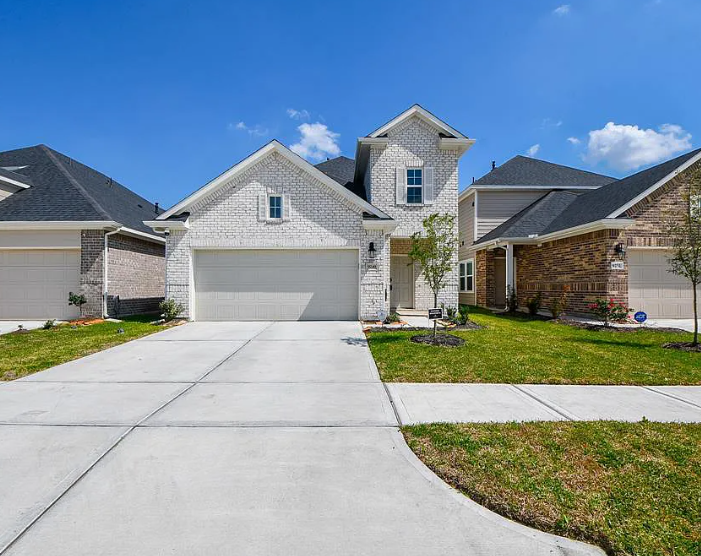Open floor plans have gained popularity in recent years, offering a spacious and flexible layout that promotes a sense of connectivity and flow. However, like any architectural design choice, there are pros and cons to consider. Let’s explore the advantages and disadvantages of open floor plans in homes:
Pros of Open Floor Plans:
- Increased Social Interaction: Open floor plans remove physical barriers, such as walls and partitions, creating a seamless transition between spaces. This layout encourages social interaction and facilitates easier communication among family members and guests. Whether you’re cooking in the kitchen while conversing with guests in the living room or keeping an eye on children playing in the adjacent area, open floor plans promote togetherness and a sense of community.
- Enhanced Natural Light and Views: Without interior walls blocking natural light, open floor plans allow for better light distribution throughout the space. This can make the interior feel brighter and more inviting. Additionally, the absence of walls can maximize views, particularly in homes with large windows or scenic surroundings, providing a seamless connection between the indoor and outdoor environments.
- Versatile and Flexible Space: Open floor plans offer versatility and flexibility when it comes to furniture arrangement and space utilization. With fewer constraints posed by walls and partitions, you have the freedom to arrange furniture in various ways, adapt the space for different functions, or easily reconfigure the layout as your needs change over time. This adaptability is particularly beneficial for growing families or those who enjoy hosting gatherings.
- Improved Traffic Flow: In homes with open floor plans, there are typically fewer narrow hallways or cramped corridors, leading to improved traffic flow. Moving from one area to another becomes more convenient and efficient. Open spaces can also accommodate larger groups of people without feeling crowded, making entertaining guests more enjoyable.
Cons of Open Floor Plans:
- Limited Privacy: One of the drawbacks of open floor plans is the reduced privacy compared to homes with more enclosed rooms. Open spaces can make it challenging to find quiet and secluded areas for activities that require privacy or concentration, such as working from home, studying, or having private conversations. Noise and distractions from one area can also carry into other parts of the space.
- Lack of Defined Spaces: While open floor plans offer flexibility, they can sometimes lack defined spaces. Without walls or partitions, it can be challenging to create distinct areas for specific functions, such as a formal dining room, a dedicated home office, or a cozy reading nook. The absence of boundaries can also make it difficult to separate cooking smells or noise from the kitchen, which may impact those in adjacent living areas.
- Limited Storage: Open floor plans may present challenges when it comes to storage. With fewer walls for built-in cabinets or closets, finding adequate storage space for belongings can be more demanding. Careful planning and creative storage solutions, such as using freestanding shelves or multifunctional furniture, may be necessary to maximize storage within the open space.
- Heating and Cooling Challenges: Heating and cooling an open floor plan can be more complex compared to homes with separate rooms. Since there are fewer walls to contain the air, maintaining consistent temperatures throughout the open space can be more challenging and may require additional HVAC considerations or zoning systems.
Ultimately, the decision to embrace an open floor plan in your home depends on your lifestyle, personal preferences, and the specific needs of your household. Consider the advantages and disadvantages outlined here to determine if an open floor plan aligns with your desired level of privacy, functionality, and aesthetic appeal.


